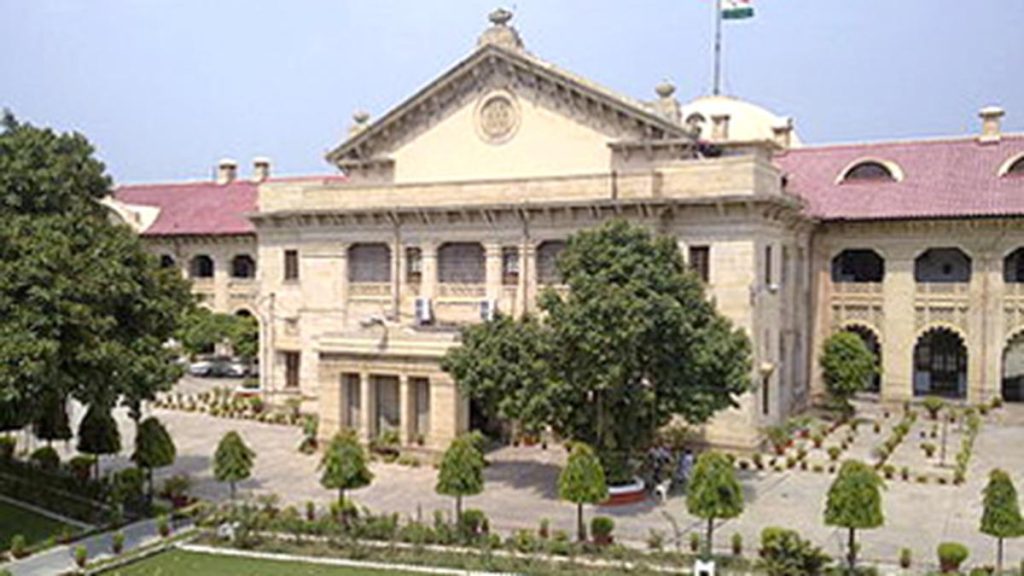Now Reading: University of Mysore Faces Challenges: NIRF Highlights Staff Crunch, Resource Constraints
-
01
University of Mysore Faces Challenges: NIRF Highlights Staff Crunch, Resource Constraints
University of Mysore Faces Challenges: NIRF Highlights Staff Crunch, Resource Constraints
Swift Summary
- The University of Mysore (UoM) has experienced a steep decline in its NIRF ranking for 2025, sliding from 51st place in 2024 to 71st in the overall category.
- Key reasons for the fall include:
– Severe shortage of permanent teaching staff: Onyl 23% of sanctioned positions are filled, with nearly 75% vacancies. Recruitment has been stalled for almost two decades.
– Resource crunch stemming from reduced jurisdiction over districts due to Karnataka’s policy of creating universities in every district, leading to lower revenue and student enrolment.
- Temporary teaching staff,who currently conduct classes,lack incentives or capacity for research and publication-a critically important aspect influencing NIRF rankings.
- Traditional arts subjects are witnessing declining student enrolment compared to skill-based programs focused on employability.
- UoM still ranks at an impressive position among State-run public universities (20th), but concerns remain about further ranking deterioration if structural issues persist.
Indian Opinion Analysis
The sharp decline in the University of Mysore’s NIRF ranking raises questions about systemic challenges affecting not only this institution but possibly other public universities across India. With nearly two decades without new permanent recruitments and growing reliance on temporary teachers unprepared or unincentivized for research activities,critical elements like intellectual output and institutional prestige have suffered. Additionally, Karnataka’s policy of establishing district-level universities seems commendable as a step towards decentralization but has inadvertently weakened larger institutions like UoM by redirecting revenues and students.
The observed shift away from humanities courses towards job-oriented disciplines illustrates changing academic priorities among students while signaling broader implications on cultural studies’ survival within higher education landscapes. These trends collectively highlight an urgent need for both state government intervention-prioritizing staffing reforms-and resource mobilization that accounts not just for financial sustainability but also academic quality enhancement.
If ignored,these challenges could set precedents that impact national university rankings and India’s reputation as a hub for global higher education excellence.
























